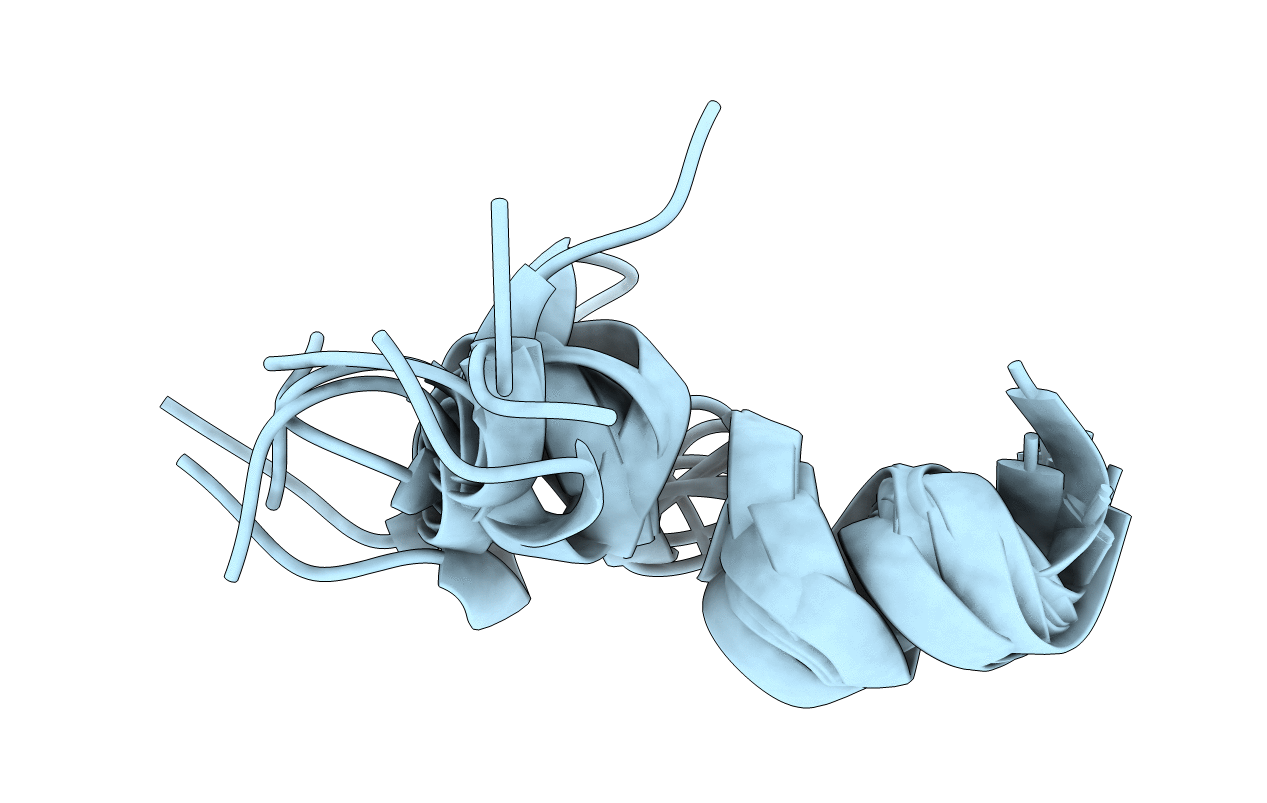
Deposition Date
2013-12-23
Release Date
2014-11-05
Last Version Date
2024-05-15
Method Details:
Experimental Method:
Conformers Calculated:
11
Conformers Submitted:
11
Selection Criteria:
structures with the lowest energy


